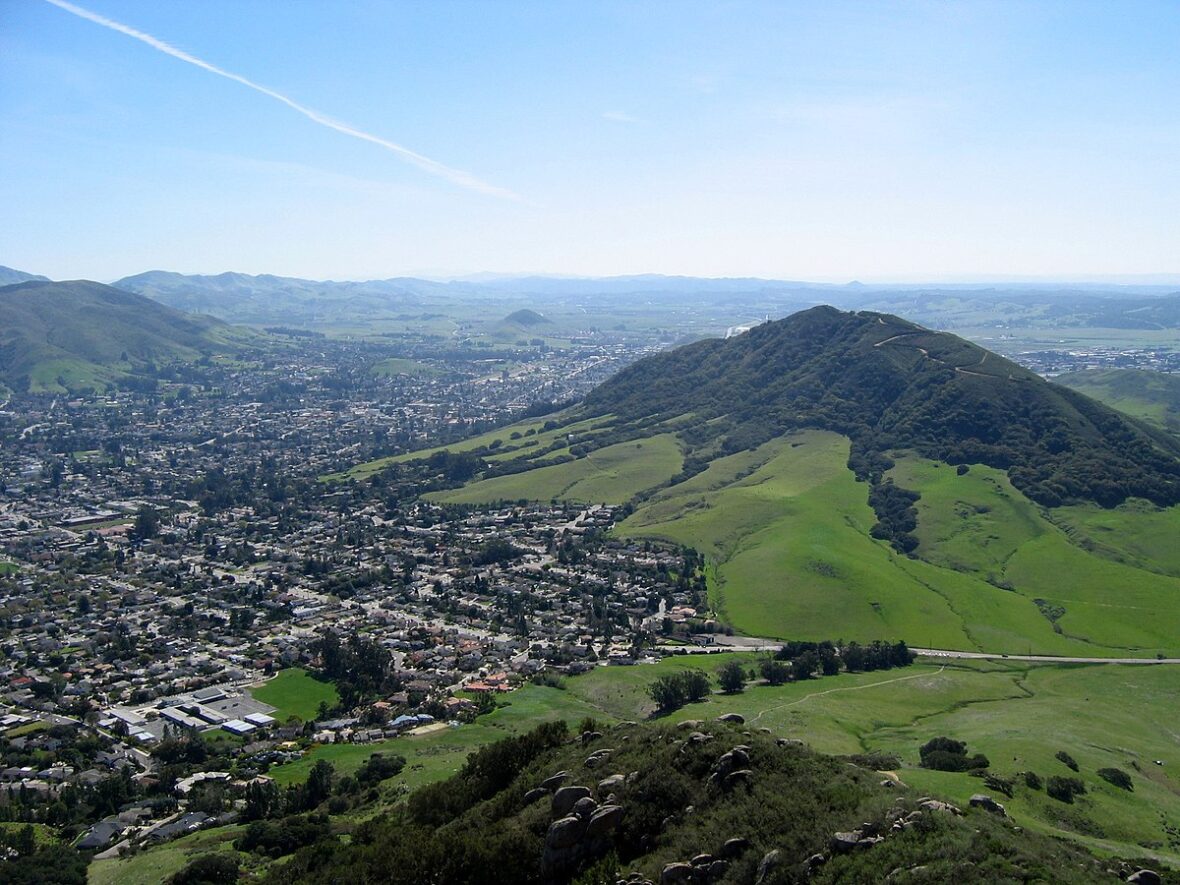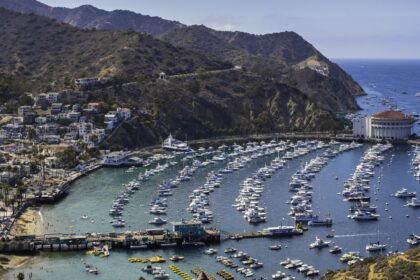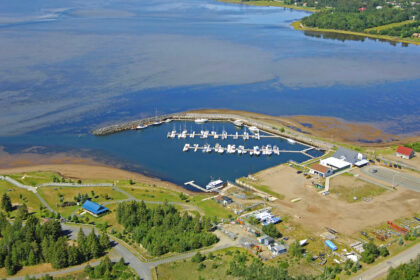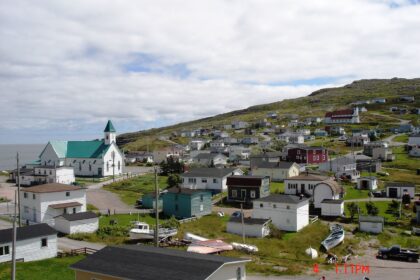San Luis Obispo is a city and county seat of San Luis Obispo County, in the U.S. state of California. Take a look below for 20 amazing and fun facts about San Luis Obispo, California, United States.
1. Located on the Central Coast of California, San Luis Obispo is roughly halfway between the Bay Area in the north and Greater Los Angeles in the south.
2. The population was 47,063 at the 2020 census.
3. San Luis Obispo was founded by the Spanish in 1772, when Saint Junípero Serra established Mission San Luis Obispo de Tolosa.
4. The town grew steadily through the Mexican period before a rapid expansion of San Luis Obispo following the American Conquest of California.
5. Today, San Luis Obispo is a popular tourist destination, known for its historic architecture, vineyards, and hospitality, as well as for being home to California Polytechnic State University, San Luis Obispo.
6. The earliest human inhabitants of the local area were the Chumash people.
7. One of the earliest villages lies south of San Luis Obispo and reflects the landscape of the early Holocene when estuaries came farther inland.
8. The Chumash people used marine resources of the inlets and bays along the Central Coast and inhabited a network of villages, including sites at Los Osos and Morro Creek.
9. The tribal site on present-day San Luis Obispo was named tiłhini, Obispeño for “Place of the full moon”.
10. During the Spanish Empire expansion throughout the world, specifically in 1769, Franciscan Junípero Serra received orders from Spain to bring the Catholic faith to the natives of Alta California; the idea was to unify the empire under the same religion and language. Mission San Diego was the first Spanish mission founded in Alta California that same year.
11. On September 7, 1769, an expedition led by Gaspar de Portolá entered the San Luis Obispo area from coastal areas around today’s Pismo Beach. One of the expedition’s three diarists, padre Juan Crespí, recorded the name given to this area by the soldiers as Cañada de Los Osos (“cañada” translates as “valley” or “canyon”).
12. The party traveled north along San Luis Obispo Creek, turned west through Los Osos Valley, and reached Morro Bay on September 9.
13. In 1770, Portola established the Presidio of Monterey and Junípero Serra founded the second mission, San Carlos Borromeo, in Monterey. The mission was moved to Carmel the following year.
14. In 1772, as the people of Presidio of Monterey and San Carlos Borromeo faced starvation, owing to a lack of supplies, Commander Pedro Fages (a member of the Portolà expedition) led a hunting expedition to the Cañada de Los Osos to bring back food.
15. Over twenty-five mule loads of dried bear meat and seed were sent north to relieve the missionaries, soldiers, and neophytes (baptized natives). It was after this that Junípero Serra decided that La Cañada de Los Osos would be an ideal place for the fifth mission.
16. The area had abundant supplies of food and water, the climate was also very mild, and the local Chumash were very friendly. With soldiers, muleteers, and pack animals carrying mission supplies, Junípero Serra set out from Carmel to reach the Valley of the Bears.
17. On September 1, 1772, Junípero Serra celebrated the first Mass with a cross erected near San Luis Creek. The very next day, he departed for San Diego leaving Fr. José Cavaller, with the difficult task of building the mission. Fr. José Cavaller, five soldiers and two neophytes began building Mission San Luis Obispo de Tolosa (Spanish for ‘”St. Louis Bishop of Toulouse”‘) which would later become the town of San Luis Obispo.
18. When the Mexican War of Independence from Spain broke out in 1810, all California missions had to become virtually self-sufficient, receiving few funds or supplies from Spanish sources. Beginning soon after Mexico won her independence from Spain in 1821, anti-Spanish feelings led to calls for expulsion of the Spanish Franciscans and secularization of the missions. Because the fledgling Mexican government had many more important problems to deal with than far-off California, actual secularization didn’t happen until the mid-1830s.
19. After 1834, the mission became an ordinary parish, and most of its huge land holdings were broken up into land grants called ranchos. The ranchos were given by Mexican land grant from 1837 to 1846, with the mission itself being granted in the final year. The central community, however, remained in the same location and formed the nucleus of today’s city of San Luis Obispo.
20. The Madonna Inn is an eccentric landmark established by Alex Madonna in 1958. The Fremont Theater, an historic Art Deco theater from the 1940s, plays first-run movies on the huge screen. Murals adorn the walls of the main theater while neon swirls light the ceiling. The Palm Theatre boasts solar heating and is home to the San Luis Obispo International Film Festival. Since about 1960, people have been sticking chewed gum on the walls of Bubblegum Alley. The doctor’s office on the corner of Santa Rosa and Pacific streets is one of very few commercial buildings designed by Frank Lloyd Wright. San Luis also has a Carnegie Library which is now home to the San Luis Obispo County Historical Museum.




